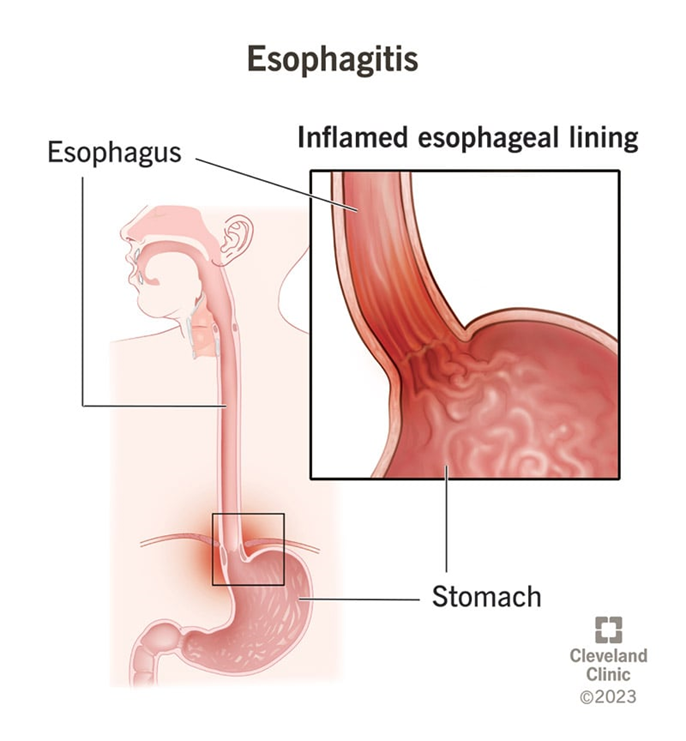A nurse is reinforcing teaching about meal planning with a client who has hypertension. Which of the following statements by the client indicates an understanding of the teaching?
"I can have a bologna sandwich."
"I can season food with vinegar."
"I can season food with ketchup."
"I can have canned soup."
The Correct Answer is B
Choice A reason: Having a bologna sandwich is not a good choice for a client who has hypertension, as bologna is a processed meat that contains high amounts of sodium and saturated fat, which can raise blood pressure and cholesterol levels.
Choice B reason: Seasoning food with vinegar is a good choice for a client who has hypertension, as vinegar is a low-sodium condiment that can add flavor and acidity to food without increasing blood pressure.
Choice C reason: Seasoning food with ketchup is not a good choice for a client who has hypertension, as ketchup is a high-sodium condiment that can increase blood pressure and fluid retention.
Choice D reason: Having canned soup is not a good choice for a client who has hypertension, as canned soup is a high-sodium food that can increase blood pressure and fluid retention. The client should choose low-sodium or homemade soup instead.

Nursing Test Bank
Naxlex Comprehensive Predictor Exams
Related Questions
Correct Answer is D
Explanation
Choice A reason: Ammonia 55 mg/dL is within the normal range of 15 to 60 mg/dL and does not indicate any liver dysfunction or bleeding risk.
Choice B reason: Bilirubin 1.0 mg/dL is within the normal range of 0.3 to 1.2 mg/dL and does not indicate any liver damage or jaundice.
Choice C reason: Aspartate aminotransferase 34 units/L is within the normal range of 10 to 40 units/L and does not indicate any liver inflammation or injury.
Choice D reason: Platelets 60,000/mm³ is below the normal range of 150,000 to 450,000/mm³ and indicates thrombocytopenia, which is a low platelet count that can increase the risk of bleeding during or after the liver biopsy. The nurse should report this value to the provider and monitor the client for signs of bleeding, such as bruising, petechiae, hematuria, or melena.
Correct Answer is C
Explanation
Choice A reason: Taking the medication right before eating breakfast is not an appropriate instruction, as it can reduce the absorption and effectiveness of alendronate, which is a bisphosphonate drug that inhibits bone resorption and increases bone density. The client should take the medication at least 30 min before eating or drinking anything other than water.
Choice B reason: Drinking milk with the medication is not an appropriate instruction, as it can interfere with the absorption and effectiveness of alendronate, which can bind to calcium and other minerals and form insoluble complexes that are excreted in feces. The client should avoid consuming dairy products or supplements that contain calcium, iron, magnesium, or aluminum for at least 30 min after taking the medication.
Choice C reason: Staying upright for 30 to 60 min after taking the medication is an appropriate instruction, as it can prevent esophageal irritation or ulceration that can be caused by alendronate, which can be corrosive to the mucosa if it remains in contact with it for too long. The client should not lie down or bend over until after their first food of the day.

Choice D reason: Chewing the tablets thoroughly is not an appropriate instruction, as it can increase the risk of esophageal irritation or ulceration that can be caused by alendronate, which can be abrasive to the mucosa if it is not swallowed whole with a full glass of water. The client should not crush, break, or dissolve the tablets in any liquid.
Whether you are a student looking to ace your exams or a practicing nurse seeking to enhance your expertise , our nursing education contents will empower you with the confidence and competence to make a difference in the lives of patients and become a respected leader in the healthcare field.
Visit Naxlex, invest in your future and unlock endless possibilities with our unparalleled nursing education contents today
Report Wrong Answer on the Current Question
Do you disagree with the answer? If yes, what is your expected answer? Explain.
Kindly be descriptive with the issue you are facing.
